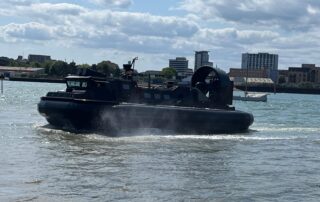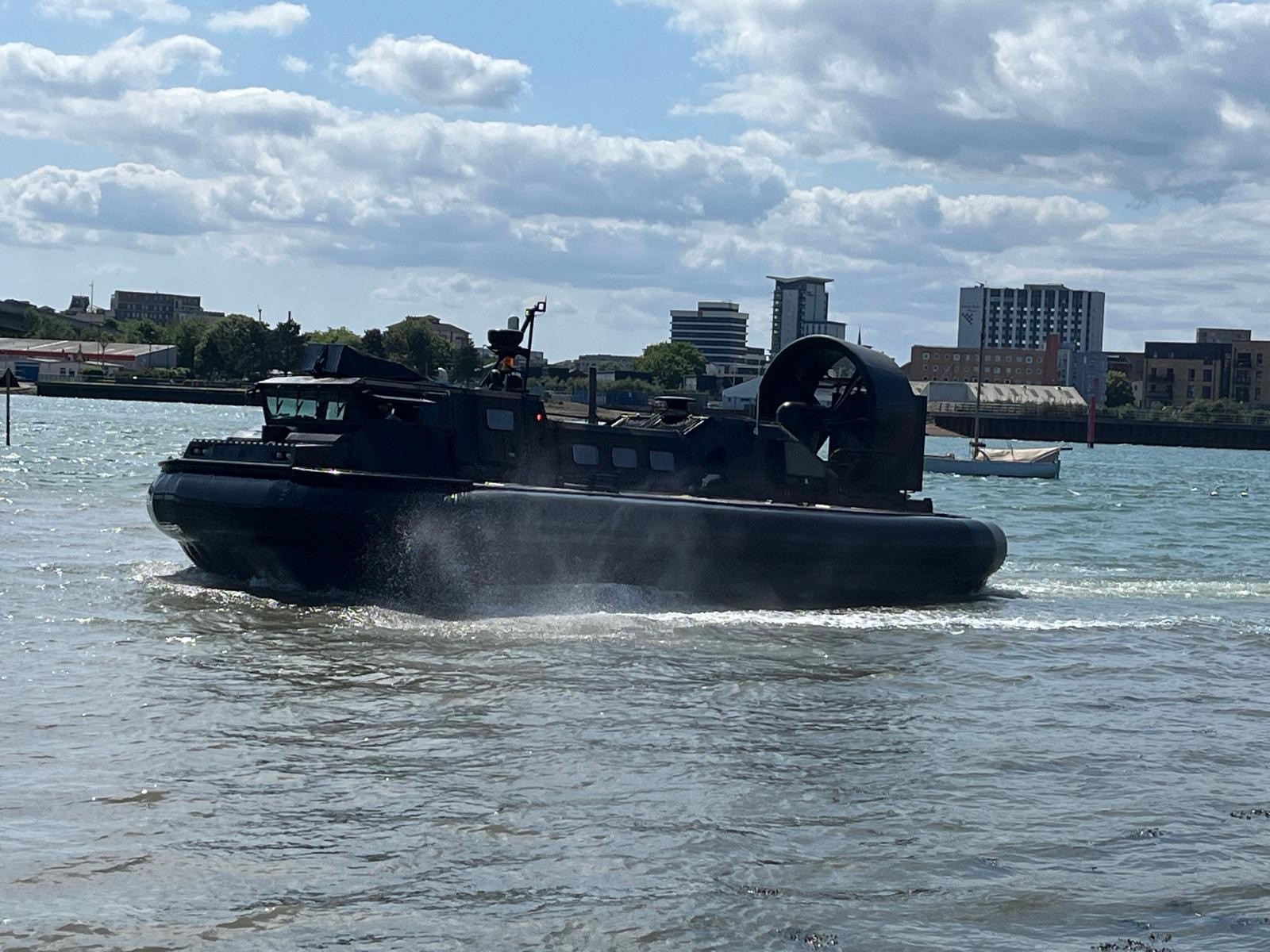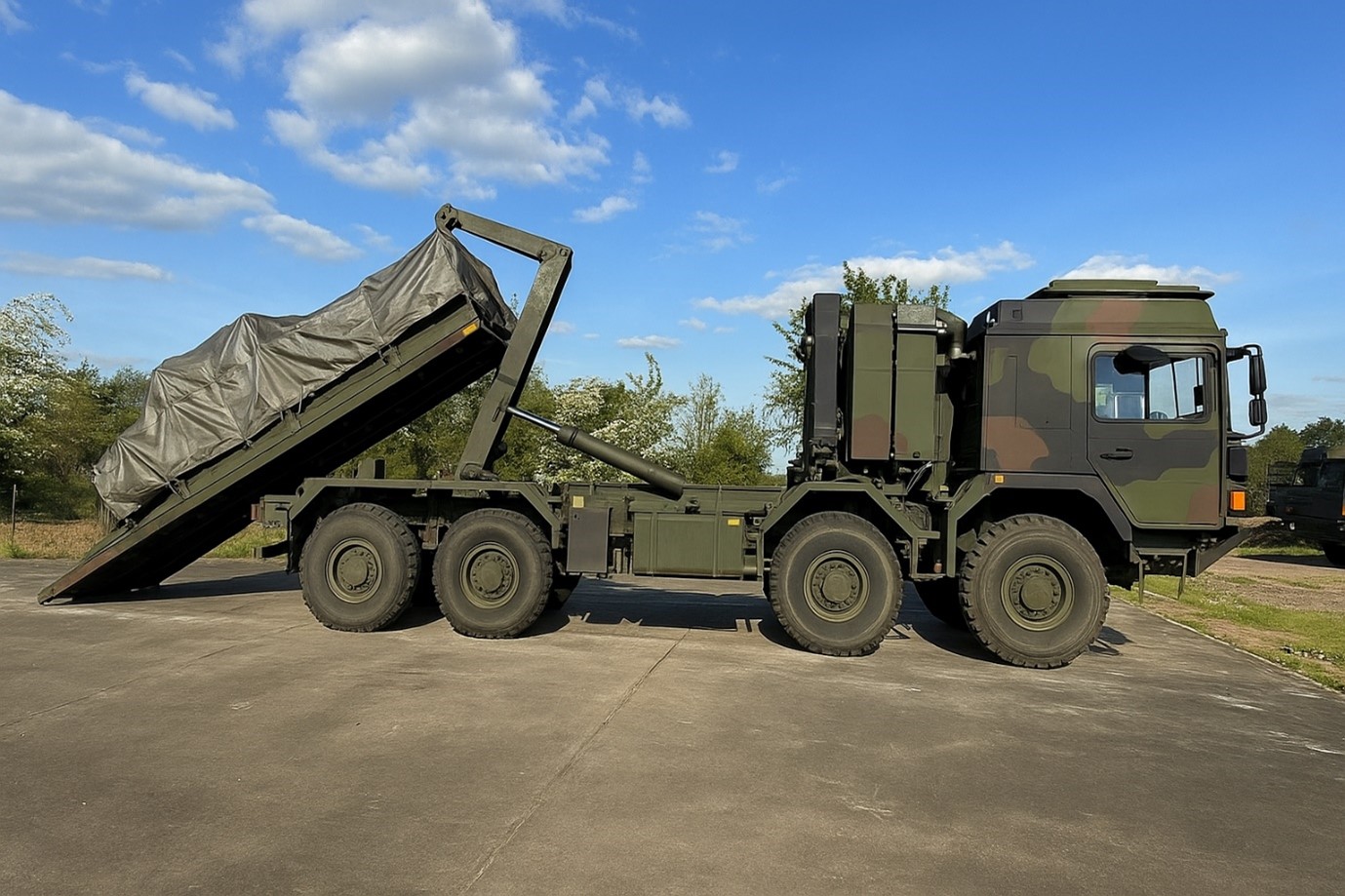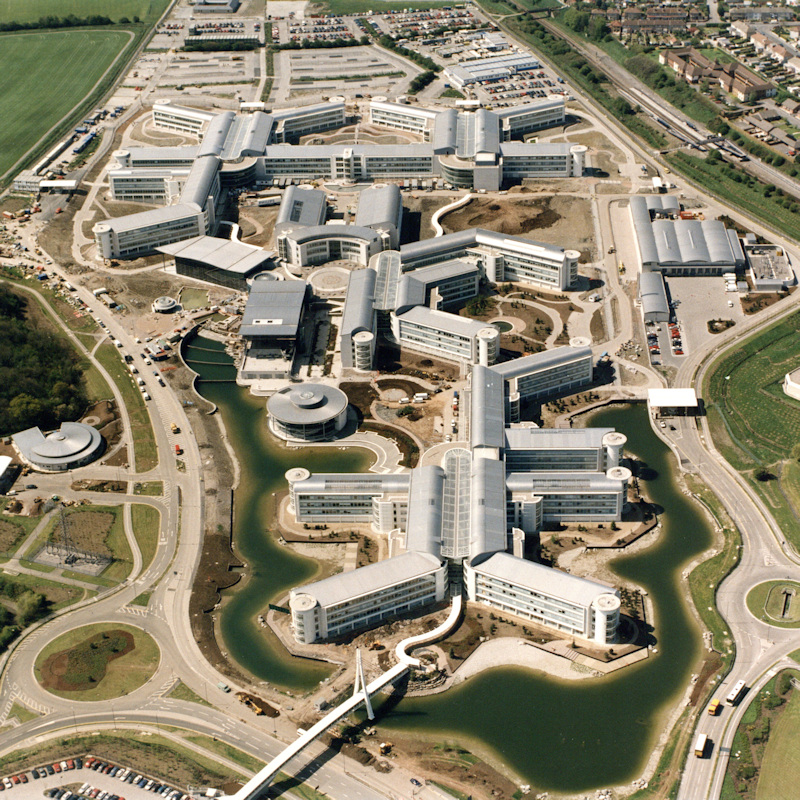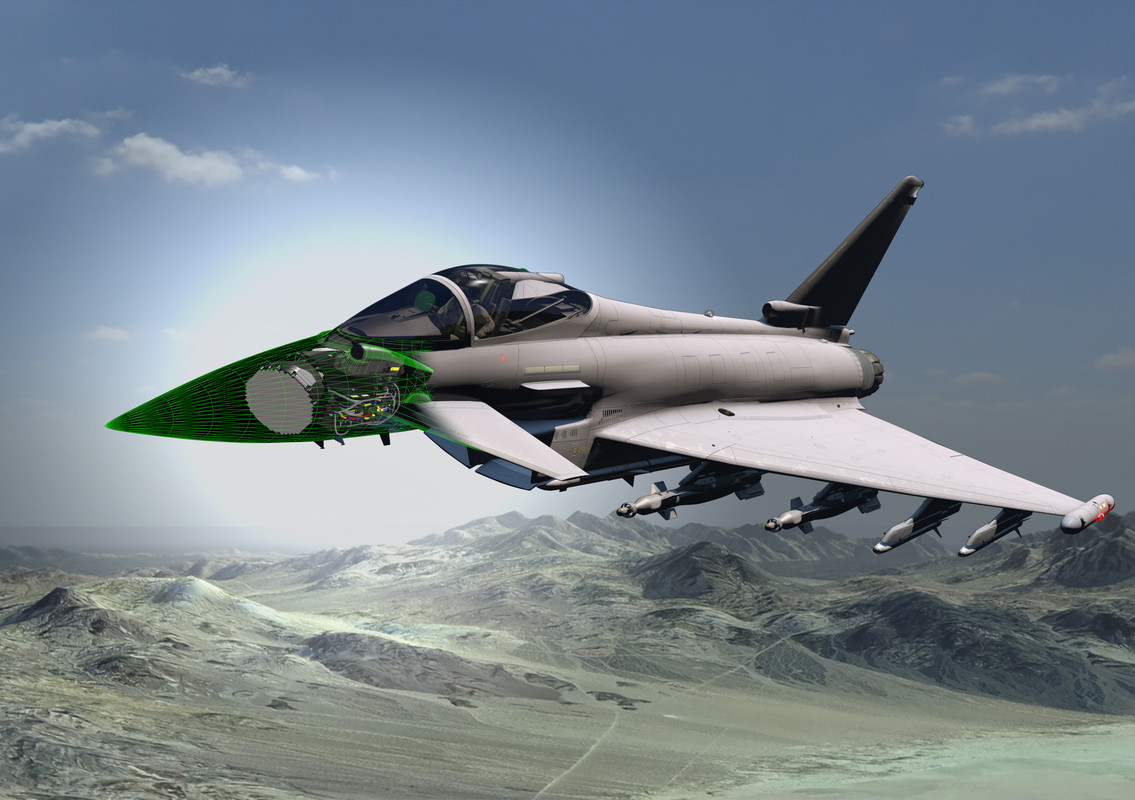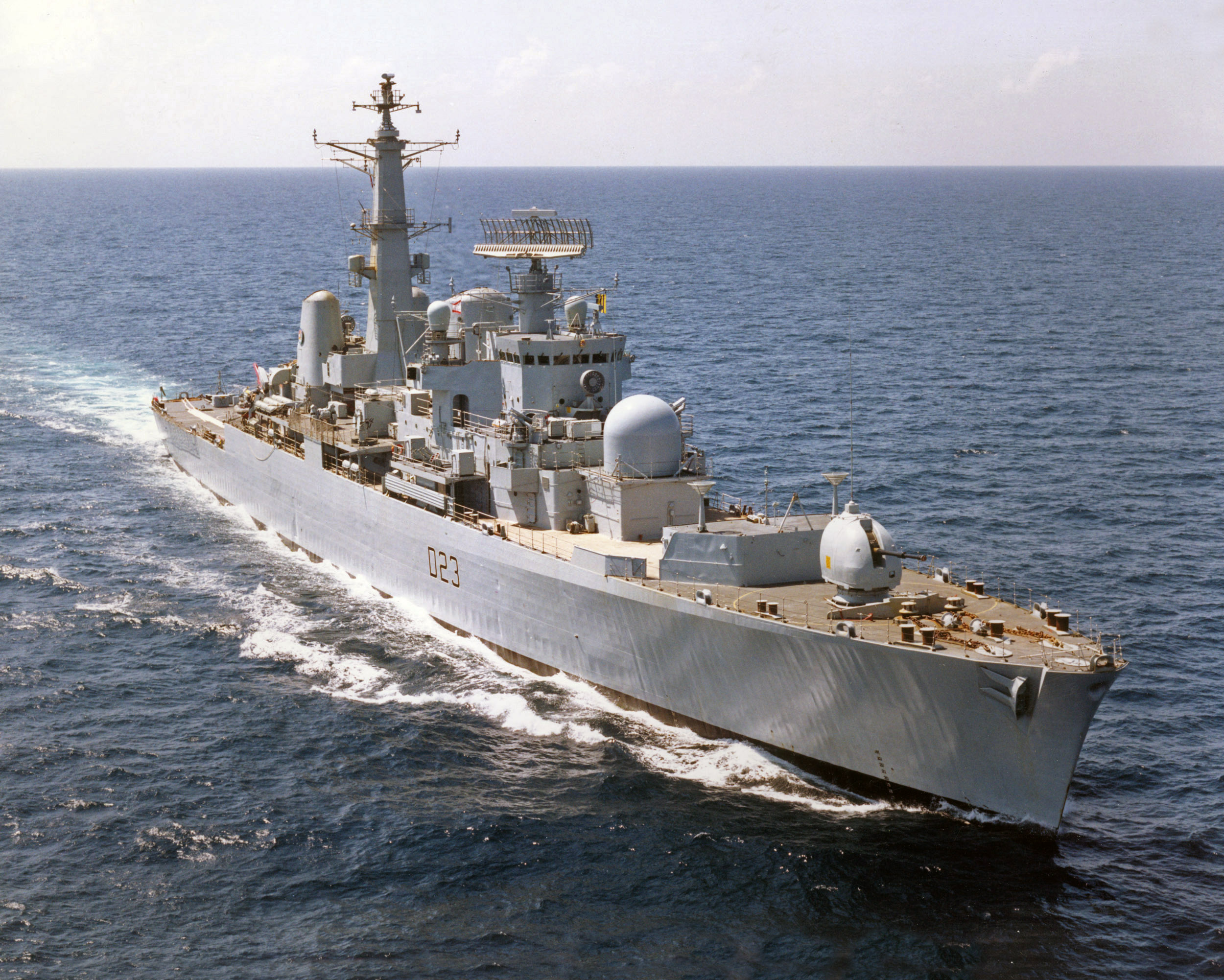Published 19 January 2021
£25m contract will reduce risk of life to Royal Navy personnel, while supporting 25 UK jobs
Share this story
Three world-class autonomous uncrewed minesweeping systems, to dispose of sea mines while reducing the risk to life of Royal Navy personnel will be delivered under an agreement between industry and DE&S.
The systems will be delivered by Atlas Elektronik UK in Dorest under the agreement which is worth around £25 million.
The Combined Influence Minesweeping (SWEEP) system is the Royal Navy’s first autonomous minesweeping capability and will allow personnel to neutralise mines from a remote distance while on operations worldwide.
“This cutting-edge SWEEP technology follows hot on the heels of the contract negotiated for equally innovative autonomous minehunters and provides the Royal Navy with the increased capability they need to deal with modern mine threats”
The system’s innovative technology can defeat modern digital sea mines which can detect and target ships and submarines passing overhead.
The SWEEP contract option was negotiated by the Mine Hunting Capability (MHC) team at DE&S.
MHC team leader Barry Miller said: “This innovative system has come about through close collaboration between DE&S, industry and the Royal Navy.
“This cutting-edge technology will allow UK personnel to carry out their duties in a safer environment and provide enhanced protection to both military and commercial vessels.”
Each SWEEP system comprises an Autonomous Surface Vessel capable of towing a variety of equipment configurations to generate combinations of magnetic, acoustic and electric signatures which mimic passing ships and neutralise different types of sea mines.
The system’s innovative technology can defeat modern digital sea mines which can detect and target ships and submarines passing overhead.
The SWEEP contract option was negotiated by the Mine Hunting Capability (MHC) team at DE&S.
MHC team leader Barry Miller said: “This innovative system has come about through close collaboration between DE&S, industry and the Royal Navy.
“This cutting-edge technology will allow UK personnel to carry out their duties in a safer environment and provide enhanced protection to both military and commercial vessels.”
Each SWEEP system comprises an Autonomous Surface Vessel capable of towing a variety of equipment configurations to generate combinations of magnetic, acoustic and electric signatures which mimic passing ships and neutralise different types of sea mines.
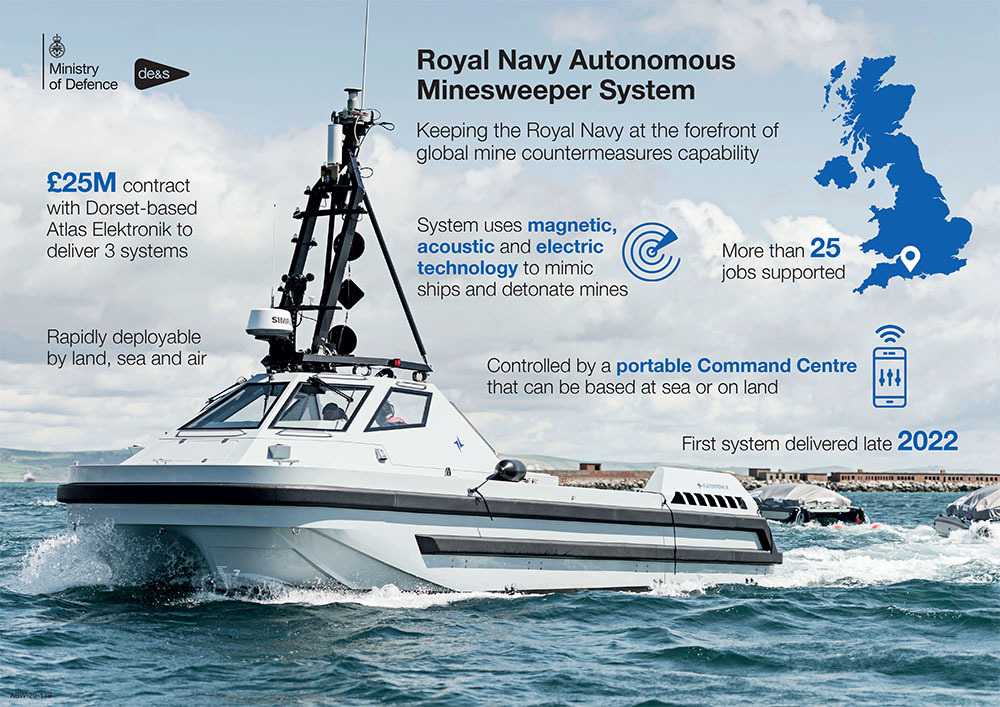
The system is controlled by a Portable Command Centre which could be based at sea or on land.
DE&S CEO Sir Simon Bollom said: “This cutting-edge SWEEP technology follows hot on the heels of the contract negotiated for equally innovative autonomous minehunters and provides the Royal Navy with the increased capability they need to deal with modern mine threats.”
The technology, which has been developed in the UK by Atlas Elektronik can be rapidly deployed by land, sea and air and will offer increased protection to military and commercial vessels.
The contract option supports more than 25 jobs with the Dorset-based company, with a further 48 jobs supported in the supply chain, and comes after the announcement in November 2020 that the UK has signed a joint agreement with France for Thales to produce three autonomous Maritime Mine Countermeasures (MMCM) mine hunting systems.
That £184 million investment sees 215 jobs supported across the UK. Both awards demonstrate key investments that keep the Royal Navy at the forefront of global mine countermeasures capability.
Both SWEEP and MMCM come under the MOD’s Mine Hunting Capability programme and can work together to achieve the common goal of defeating the threat posed by sea mines to make international waters safer.
The SWEEP contract option follows rigorous trials of the autonomous SWEEP demonstrator system, which has performed well in both extreme cold weather and hot weather conditions.
Defence Minister Jeremy Quin said: “This next-generation autonomous technology will be instrumental to our goal of protecting the safety and security of our personnel, while also reaffirming the UK’s unwavering commitment to improve the safety of international waters.”
The first system will be delivered in late 2022 after which they will enter operational evaluation before entering service at a date to be determined.

